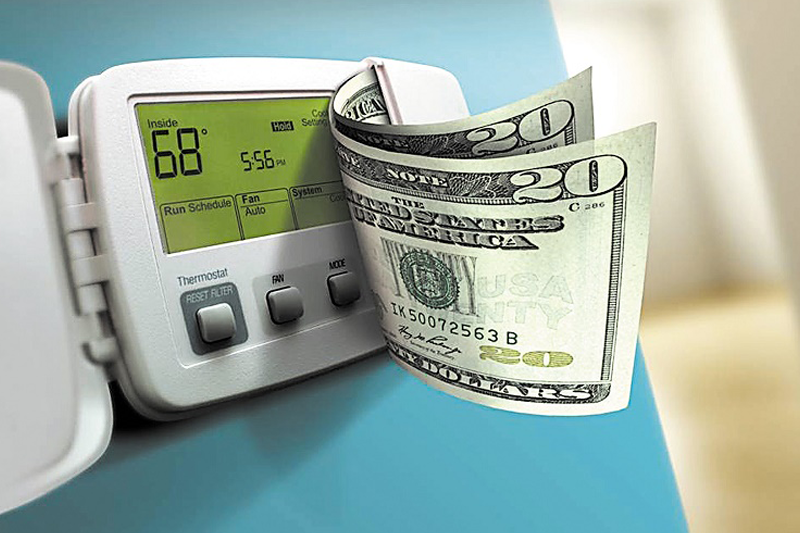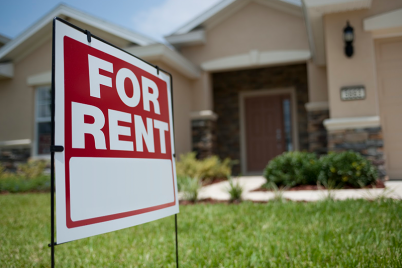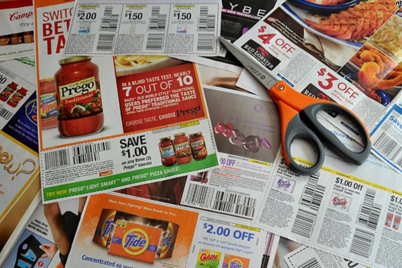BY NATHANIEL SILLIN
Do you turn the thermostat a notch higher or put on an extra sweater when it gets cold? It’s a common household debate as family members try to maintain a balance between comfort and savings during the winter. It’s also a debate you may be able to put to rest by investing in energy-saving maintenance and upgrades.
You can start with a home energy audit, an inspection that focuses on finding areas where your home wastes energy. Professional auditors can cost $300 to $800 depending on the type of audit, but you could consider tackling an audit and some of the changes yourself. Doing so could make your home more comfortable, lower your ecological footprint and save energy and money.
See if you qualify for state-funded weatherization assistance. Look into state-based financial assistance programs before going at it alone. Contact your state’s weatherization agency to review eligibility guidelines, find a local service provider and start an application. If approved, you could receive a professional energy audit and improvements. On average, about $4,000 worth of energy saving-related work was completed over one or two days for the 2015 program year.
If you can’t or don’t want to pay for a professional audit and don’t qualify for assistance, consider conducting a do-it-yourself (DIY) audit.
A DIY energy audit can help you identify ways to save money and stay warm. A thorough inspection of your home can uncover opportunities for improvement, and you be able to rent an infrared camera to help you spot trouble areas. Look over the DOE’s Office of Energy Efficiency and Renewable Energy’s guide to conducting a DIY home energy audit, and create a log of your findings as you go. Keep in mind, where you live can impact what fixes you want to focus on, the type and amount of insulation you’ll need and even your heating system.
Typical trouble spots and simple solutions. The following are common trouble spots and potential improvement you might want to make.
-
Keep the cold outside air out. The DOE estimates that you can save 5 to as much as 30 percent on your energy bill by just reducing drafts. Check for leaks around your doors, windows, plumbing, cabinets and other potential outlets. Also look for dirty spots on your wall, ceiling and floors as that could indicate air or moisture is getting in. Use foam sealant to fill in large gaps you find and caulking or weather stripping for smaller leaks. Covering drafty windows and doorways with storm windows or doors could also be a worthwhile investment.
-
Consider adding more insulation. The insulation in your walls and ceiling may not meet today’s recommendations. Reinsulating or supplementing what you have could help your home stay warm, or cool, and might not be as difficult as you imagine in easy-to-access attics or basements. However, you may want to check with a professional who can recommend what type of insulation to use and warn you of potential ventilation, fire or moisture hazards during and after installation.
-
Regularly inspect your heating systems. Heating systems can cost thousands of dollars to replace. While it may not be a DIY job, you may be able to prolong your system’s life by hiring a professional HVAC contractor to inspect and tune up your system before each winter. Some utilities also offer free in-home inspections of gas appliances. A job you can take on is checking the air filter and replacing it to the manufacturer’s specifications or when it looks dirty. You could also check for, and seal, holes, leaks and poor connections in the ducts.








